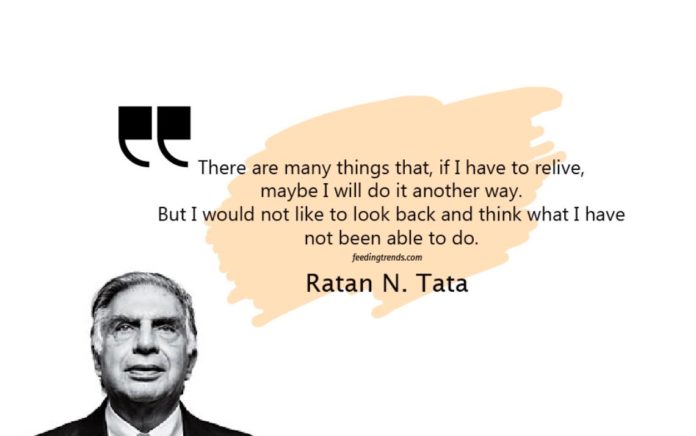Sir Ratan Tata is the retired chairman of India’s Tata Sons and India’s most prominent industrialist and investor. From 1991 until 2012, Ratan Tata was the Chairman of the Tata Group. Ratan Tata stepped down as chairman of the Tata Group on December 28, 2012. But he remains chairman of the Tata Group’s Charitable Bill Trust.
They are famous all over the globe for producing the world’s giant automobile. He propelled the Tata Group to unprecedented heights with his knowledge and competence. Ratan Tata has established himself as the Chairman of the Tata Group both in India and overseas.
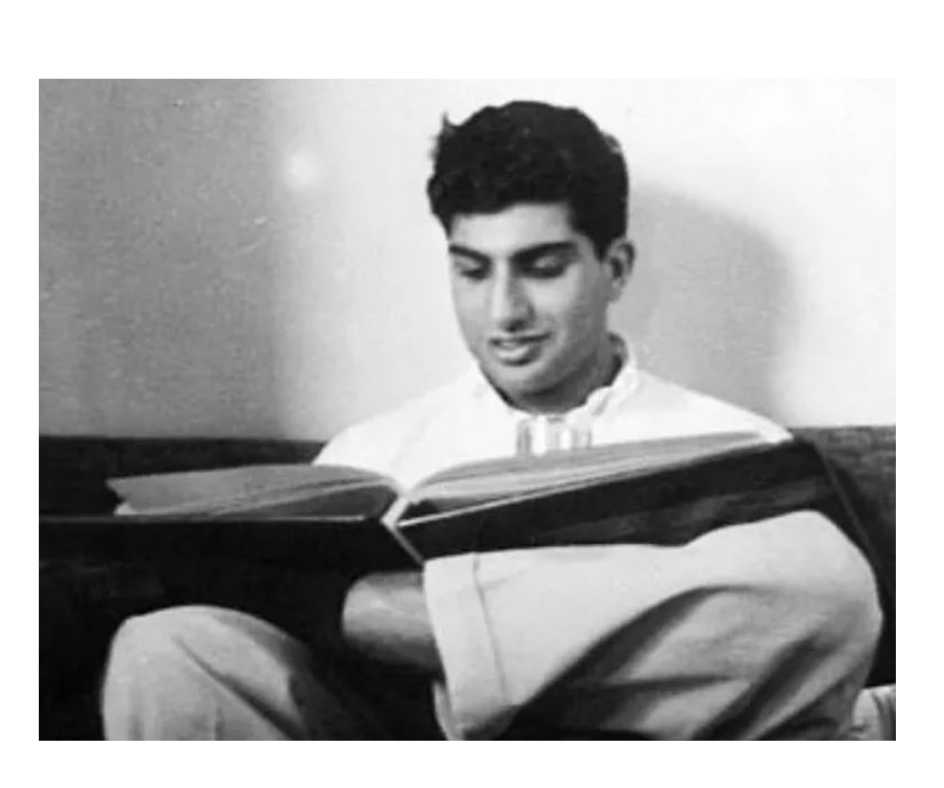
Early Life
Sir Ratan Tata’s childhood was fraught with difficulties. Ratan Tata was born in Mumbai, India, on December 28, 1937. Naval Tata was Ratan’s father, while Sonu Tata was his mother. Hirabai Tata, the sister of Jamshedji Tata. The Tata Group’s founder was Naval’s grandmother. Sir Ratanji Tata, Jamshedji Tata’s youngest son, adopted Naval since he had no children of his own.
He was born in Naval’s first wife Sanu’s womb. Ratan’s father abandoned him, and his younger brother Jimmy and his mother when he was ten years old.
Sir Ratan sought sanctuary at an orphanage known as ‘JN, Preet Parsi’. When his father’s second marriage rendered his mother incapable. Tata Ratan got brought there by his grandmother Navatajbai. Who was in charge of his two grandsons and daughter-in-law? Ratan got raised by his trustworthy brother, Noel Tata. Naval’s first wife, Sanu, gave birth to Ratan Tata.
Ratan Tata’s wife is unknown to the public because he was never married. But, He falls in love and comes close to marrying at one point.
Ratan Tata Education
Ratan Tata was bright from an early age. He attended Cathedral and John Cannon Schools in Mumbai. And Bishop Cotton School in Shimla. After finishing Champion School in the eighth grade. He graduated from Riverdale Country School in New York in 1955. And Cornell University in New York in 1959. With a bachelor’s degree in architecture and structural engineering. He also did an Advanced Management course. At Harvard University’s School of Business in 1985.
Ratan Tata as Chairman of the Tata Group
Ratan Tata got selected to succeed JRD Tata as chairman of Tata Sons after he resigned in 1991.
He faced fierce criticism from the whole corporation as soon as he took over as chairman. Almost none of the company’s CEOs wanted him to take over as chairman. JRD Tata allowed the company’s administrators more leeway. It was these arbitrary officers that opposed Ratan Tata.
Ratan responded by setting a retirement age for Tata. Forcing the majority of the senior officials to retire. It also required the group’s firms to report to the main office regularly. While requiring each company to contribute. A percentage of its profits in building the Tata brand.
During his tenure, he unified the Tata Group’s enterprises under one administration. He took the initiative to internationalize the group’s salt and software businesses.
The Tata Group's income has surged 40-fold in 21 years under his leadership. And the profit multiplied by 50!
Tata purchased Tetley Company on his initiative. Tetley was the number one tea firm in the United Kingdom and Canada. And the number two tea company in the United States, when it was founded in 1837.
Tata Motors bought the world-famous automotive brand Jaguar & Rover during his leadership. Tata Steel also bought Chorus K, a company located in London.
The Tata Group has grown from a small Indian company to a global powerhouse. As a result of these purchases. The Tata Group earns 65 percent of its revenue from sales in over 100 countries. Tata buses and trucks are well-known around the world. Also considered is the Tata Jaguar Land Rover vehicle. Around the world, as an amazing automobile. The Tata Group is India’s largest outsourcing firm, aside from them. The Tata Group also has a large stake in Xiaomi, a Chinese smartphone manufacturer.
Ratan Tata has grown the firm. From a small investment of less than Rs 30,000 to a multibillion-dollar corporation. The company has 100 subsidiaries in seven industries. Ratan Tata is the Tata Group’s master craftsman. In IT, banking, electronics, chemicals, food, and textiles.
Ratan Tata was enraged at getting appointed chairman. Announced his departure in 2012, despite many requests to stay.
The birth of India’s greatest business empire, the Tata Group
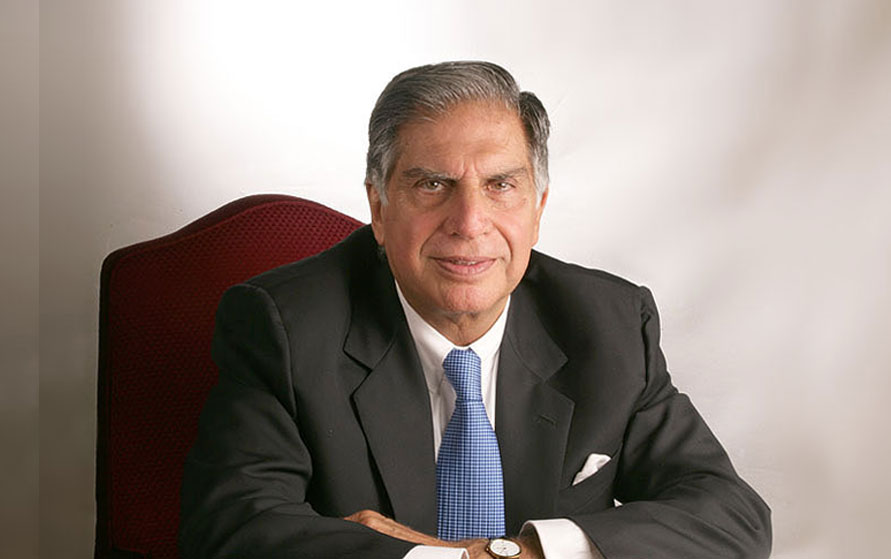
Only one firm has contributed to India’s worldwide commerce success. Although it is a legal entity, its scope has earned it the moniker of an “empire”. That has expanded over the previous two centuries, establishing. One sector after another throughout India.
First-generation: Jamshedji Tata
Tata’s biography began during British authority. The Indian subcontinent was a significant cotton exporter at the time. But, no native entrepreneur could start his firm. Due to the British East India Company’s tight control. For the British, though, this cruelty was once a nightmare. In response to the revolt, the British government disbanded. The business gained direct control of India. The ‘British Raj’ period began.
The British Raj had a distinct governance system than the Company. Whereas the Company’s reign was oppressive. India was far more tranquil under the British Raj. Even though the British monarchy. Was nothing more than an imperialist force. Their laxity enabled the local people to rise a little higher. And many local entrepreneurs were born. And, because export was India’s principal business. All the entrepreneurs were establishing this company.
Jamshedji Tata was one among many who rose to prominence during this period.
Jamshedji Tata was the son of a Mumbai exporter. He received his diploma in 1858, at the dawn of British administration. He traveled to Hong Kong to help his father build his firm after seeing that it now had the potential to flourish. And as soon as he arrived in Hong Kong, he saw that Tata’s export business was in high demand all around the world.
He spent the following decade expanding his father’s firm in Japan, and China. And the United Kingdom. His business skills surpassed that of his father as a consequence of his engagement in this firm. He started his export firm in 1868, and with the money he made, he opened two textile factories within a few years.
Jamshedji Tata business strategy was simple:
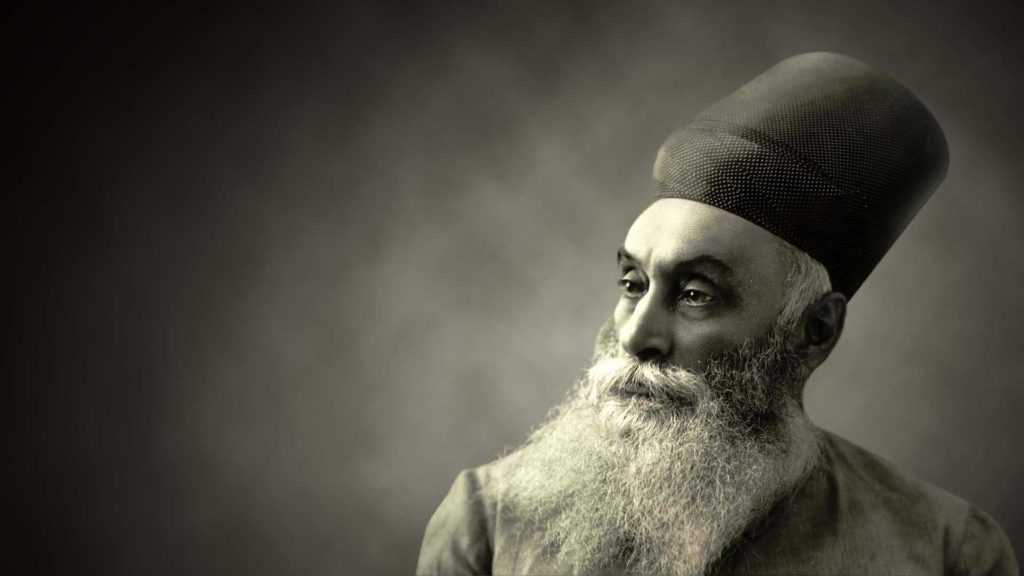
He would look for solid business methods all across the world and adapt them to India.
In his textile factories, he established a practice that was uncommon across India. Such as pensions and special benefits for the sick. He didn’t stop there, though. He traveled around Europe, witnessing firsthand. How did the Industrial Revolution alter people’s lives? He aspired to start an industrial revolution in India. Not a British-led industrial revolution, but an Indian-led industrial revolution.
He established a steel production factory in 1901, like those he had seen in Germany. He also viewed the Niagara Falls power plant. Which inspired him to build a hydroelectric facility in 1903. But he died before it could get completed.
Jamshedji saw the actual potential of tourism when conducting business. This is why his ambition was to establish a global hotel network. The Taj Mahal Palace Hotel, which is now one of India’s hotels, is built as a consequence of that ambition. Even though Jamshedji was a businessman, his primary goal was to assist the people.
He valued education so he contributed land and structures from his estate. To construct the “Indian Institute of Science.” He did not, but, have the good fortune to see many of his efforts bear fruit. In 1908, he traveled to Germany for business and died there. Jamshedji’s two sons controlled the Tata Group. Which had grown into a big corporation by that time.
“No other Indian of his age has done more for Indian industry and commerce than Jamshedji Tata.”
– Lord Curzon, then Viceroy of India, after the death of Jamshedji Tata
Second generation: JRD Tata (Jehangir Ratanji Dadabhoy Tata)
Jamshedji’s two sons did not let their father’s long-standing institution fall apart. Instead, they pushed it forward. They founded India’s first cement mill in 1912 and the first insurance firm in 1919.
Tata’s leadership shifted in 1938, and Tata Sons grew to incorporate 14 entities. The Tata leadership, but, did not go to Jamshedji’s grandsons this time. But to their distant sibling Jahangir Ratanji Dadabhoy Tata. Since 1925, Jahangir Tata had been a part of the corporation and was more than a businessman.
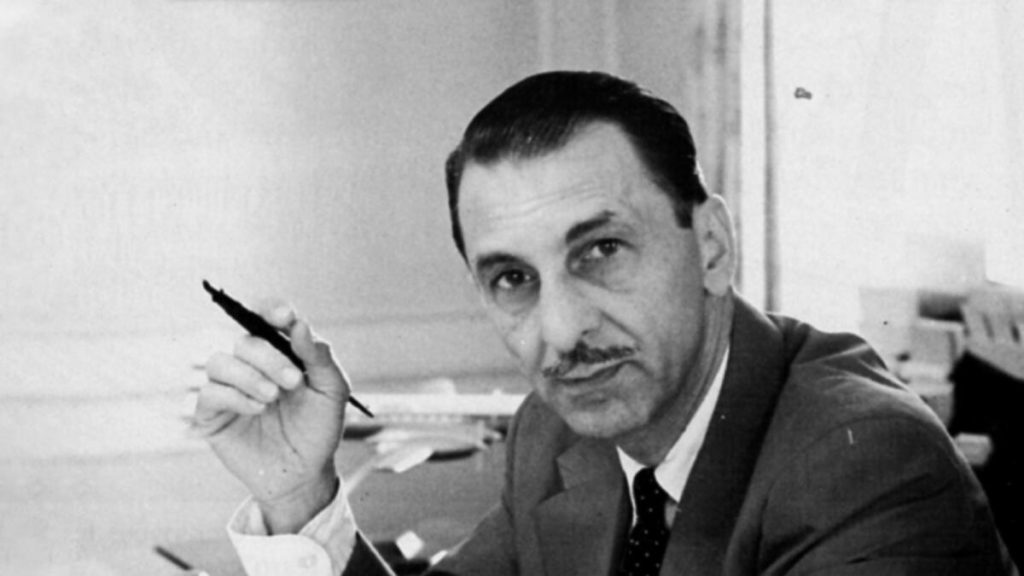
After joining Tata
JRD's initial ambition after joining Tata was to develop an airline, which he did in 1932.
The Tata Air Service is born. JRD’s initiative was a huge success, especially during War II. When the air force was able to assist the British.
Despite the good effects of India’s freedom in 1947. Tata suffered a significant commercial loss. For example, following India’s independence. The government converted Tata Air Service into Air India. Resulting in significant losses for Tata.
JRD established Tata Motors in 1945, the firm that we currently know as Tata. He was the CEO of Tata for 52 years. He expanded the number of Tata enterprises from 14 to 95 during this time. But, surviving in the face of many socialist policies enacted. The Indian government is tough. JRD observed that several of his businesses were about to fail. Ratan Tata, a newcomer to the Tata Group, was charged with salvaging the corporation. Jamshedji Tata is this young man’s grandfather once more.
Ratan Tata
Third generation: Ratan Tata
In the 1950s, Tata was a subsidiary of Nelco, India’s leading radio maker. But, twenty years later, the firm is on the verge of bankruptcy, with a market share of 3%. Sir Tata requested that this organization stay saved in this scenario. Ratan then had an out-of-bounds notion. Ratan Tata was planning for the future. He was well aware that radio was becoming obsolete. He began developing radios and other technology-based goods at Nelco. Ratan Tata took over the Tata Group in 1991 after Nelco turned into a success.
Ratan Tata became chairman of the Tata Group. At a time when socialism was crumbling throughout the world. And capitalism was triumphing everywhere. But, it was later discovered. That JRD had decentralized Tata to keep it afloat in the face of communist doctrine. In other words, the Tata group had less control over its subsidiaries. Ratan Tata arrived and sold 20% of the main company’s stock. And purchased further shares in all the subsidiaries. Thus putting everything under his control. Despite this, he saw his limbs fighting for survival against worldwide competitors. Then he purchased the rivals and began integrating them into Tata. Tata Tea, for example, got purchased by the British corporation Tetley in 2000.
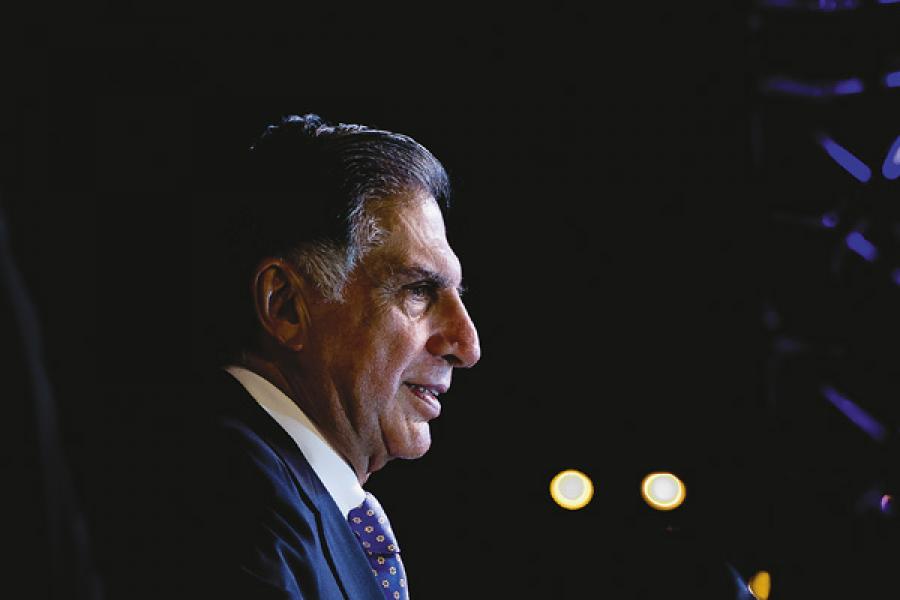
Chorus, a European steel business, was acquired by Tata Steel in 2006. And Jaguar became Tata Motors' Land Rover the following year.
The Tata Group needs to pay some money to make these deals. But the massive market share they gain afterward covers the cost.
Tata’s income comes from all around the world, even though it is now an Indian firm. The total number of Toyota, Coca-Cola, Facebook, Microsoft, and Google workers. Will not match the total number of employees. Transportation, food, entertainment, and education are all on an equal level. All this was made possible by certain courageous and foresighted decisions. As a result, Tata’s history teaches us to make quick. Decisive judgments and persevere without giving up. This training applies to both work and personal life.
Tata Nano
Nano Car, the world's cheapest car, has been launched in India (Tata Nano)
Ratan Tata also considered those for whom purchasing an automobile was a pipe dream. Making it the world’s cheapest vehicle. For Rs one lakh, Ratan Tata created the world’s cheapest automobile, the Nano. The automobile had become unveiled during the 2008 Auto Expo in New Delhi. Tata Nano was available in three different variants.
Let us inform you that Tata Indica and Nano are two of their most well-known goods in India. Ratan Tata retired from all executive duties of the Tata Group on December 28, 2012. Cyrus Mistry was thereafter named Chairman of the Tata Group. Ratan Tata continues to work after his retirement.
Ratan Tata has recently made investments in Snapdeal and Urban Ladder. Two of India’s top e-commerce startups. As well as Xiaomi, a well-known Chinese smartphone manufacturer. He serves as the chairman of the Tata Group’s charitable foundation. Ratan Tata is a compassionate, friendly, and philanthropic man. He has donated almost 65 percent of his stock to charity.
His life’s major purpose was to improve Indians’ living standards. And to foster humanity in India. Ratan Tata feels that social workers should be looked at in a new light. Sociologists used to focus on developing their institutions and hospitals. But now they must focus on developing their country.
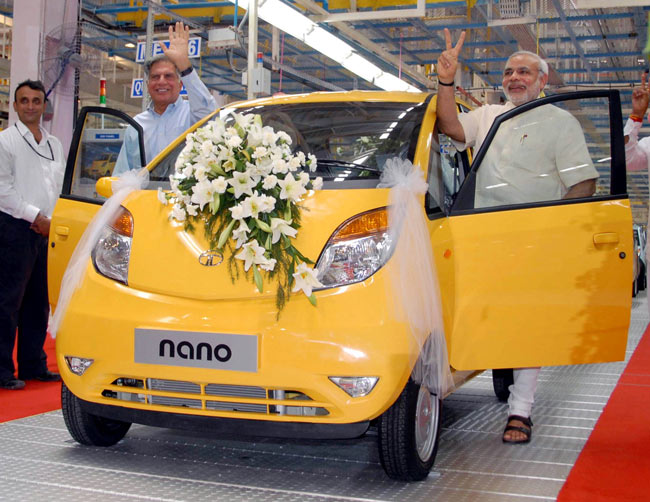
Ratan Tata’s net worth is measured in rupees.
Mr. Ratan Tata’s net worth is believed to be one billion dollars, or around 7416 crore rupees in Indian currency (approx. Seven Thousand Four hundred Crore INR).
The net value of the Tata Group in rupees
As of March 2022. Tata Consultancy Services was the Tata Group’s most valued firm in market capitalization. This was worth almost 13 trillion rupees in India.
External investments in the Tata Group
He also owns many non-Tata Group interests. Sir Ratan made these investments in a new prospective firm, which enabled it to stand on its own.
Snapdeal, one of India’s leading e-commerce websites, was one of his investments. Sir Ratan has also invested in Teabox, an online Indian tea retailer. And CashCaro.com, a cashback website. He also owns personal assets in American Express.
Tata's education was helped by Ratan.
Harvard University:
Ratan Tata had a strong affection for Harvard University. Even though he only attended for a brief period. The Tata Group donated $50 million to Harvard Business School. To create an executive center in 2010. Tata Hall is another name for the venue. It will be utilized for professional business education.
University of Carnegie Mellon:
Carnegie Mellon University in the United States received 3.5 million dollars. From Tata Consultancy Services for vehicle research.
Institute of Technology in India
The Tata Group donated Rs. 100 million to the Indian Institute of Technology in 2014. This is the organization’s largest grant in its history.
Other associations
Ratan Tata has held and continues to hold many key roles besides his role as Chairman of the Tata Group.
He is a member of India’s National Manufacturing Competitiveness Council. And a Chief Adviser to the Prime Minister on Trade and Industry.
He also serves on the jury of the Prizcar Architectural Prize. One of the world’s most distinguished architectural prizes. Ratan Tata is a member of the Board of Directors of American Alloka INC. A subsidiary of Mondelez International, the world’s No. 8 aluminum manufacturer. He is also a University of Southern California trustee.
Apart from them. These entrepreneurs are active in a variety of other organizations in various capacities. He has twice won India’s highest state accolade. The Padma Bhushan, besides these affiliations. He has also earned honorary degrees from some prestigious colleges throughout the world. As well as 40 honors from international and national organizations. The Asian Business Award and the Business for Peace are two examples.
Ratan Tata’s purchasing
The Indian AIDS Program Committee has Ratan Tata as a member. In India, they are making every effort to put a stop to it. Ratan Tata also serves on the Prime Minister’s Trade. And Industry Group and the Asia RAND Center’s advisory committee. Ratan Tata’s name appears often not in India but also.
Ratan Tata, along with American International Group. Is a member of the Mitsubishi Cooperative International Advisory Committee. Alan Hamilton is also associated with J.P. Morgan Chase & Buzz. Ratan Tata is a well-known figure, as seen by his celebrity.
Ratan Tata Memorial
RatanTata has earned several accolades. And honors in recognition of his exceptional efforts, including the following:
- 1. RatanTata Yale is regarded for being at the peak of his game.
- 2. Singapore Citizenship gets respected in Singapore.
- 3. The Carnegie Medal of Public Interest was given to the Tata family. For their contribution to the country’s prosperity.
- 4. Ratan Tata was Padma Shri Bhushan by the Indian government in 2000.
- 5. Ratan Tata was awarded the Padma Bhushan. India’s highest civilian honor, by the Indian government in 2008.
- 6. In 2010, the Indo-Israeli Chamber of Commerce named him “Businessman of the Decade.”
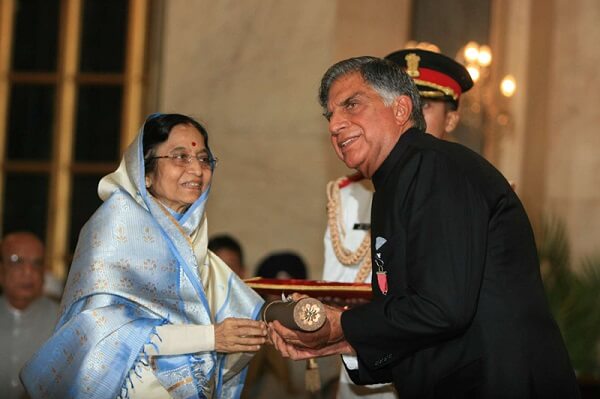
Ratan Tata is regarded as one of India’s most successful and well-known businesspeople. He is a very ordinary and straightforward individual. Who does not believe in the world’s deceitful nature? They’ve been living alone in Mumbai’s Colaba neighborhood for years, in book-filled homes. Sir Ratan has great ideals.
Sir Ratan thinks that business entails not generating a profit. But also comprehending our societal responsibilities and relating social ideals to business.
Related topic: Richard Branson, Mark Zuckerberg, Bill Gates, Vijay Shekhar Sharma, Ritesh Agarwal

